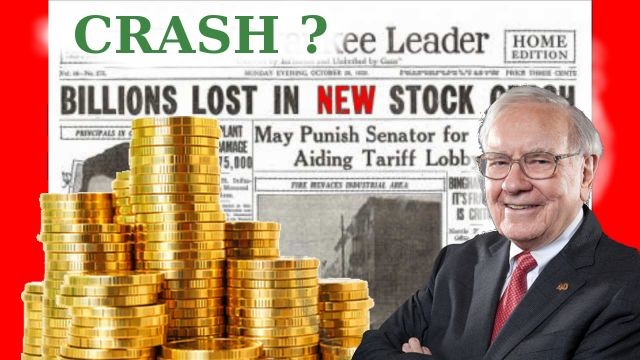Stockmarkets The buyback delusion
Post on: 26 Май, 2015 No Comment

The buy-back delusion
Add this article to your reading list by clicking this button
THE belief that share buy-backs are a universally good thing seems hard to shake, even though there was a time when they were seen as a sign of the lack of imagination in a company’s management. But an excellent paper from Terry Smith, who made his fortune in the city as a broker but who was once an analyst who wrote a hard-hitting book called Accounting for Growth, puts buy-backs in their proper perspective.
If two identical companies decide to return cash to shareholders, one via a buy-back and the other via a dividend, the earnings per share of the first group (but not the latter) will rise. This will create the impression that the first group has added value. But the return on equity of both groups will be unchanged! This can lead to potentially confusing outcomes.
Mr Smith suggests the example of Fred Futile, the CEO of Stagnant Inc. He is awarded a 10-year option over the company’s stock at the current price of $100 per share. There are initially 100m shares in issue and annual earnings are $1 billion. So he cancels the dividend and uses all the earnings (which remain flat throughout the 10 years) to buy back shares; earnings per share rise and the p.e remains the same. By the end of the 10-year period, the eps will have more than doubled from $10 to $25.8 and the share price will have risen to $258, earning Fred Futile $158m for himself. But the company isn’t really more valuable, it’s just more geared*.
If you are not convinced by that example, here is another one. Smith uses the real life example of Pepsi which bought back almost $5 billion of its shares in 2008. This strategy enhanced its eps (albeit in the sense of lessening an eps fall). But what would have happened had Pepsi used the same money to buy shares in Coke, which had a similar p/e ratio to Pepsi? Then the accounting treatment would have changed; instead of reducing the number of shares in issue, the investments on Pepsi’s balance sheet would have grown. The eps would not have been bolstered by this approach; more significantly, the return on equity would have fallen.
That is because Pepsi earned a return on equity of 34%. Buying shares in Coke (or itself) on a p/e of around 20 is, in effect, generating a return of just 5% (the earnings yield is the inverse of the p/e). In short, such a purchase destroys value.
Perhaps this is more obvious when one considers a common reason for buy-backs; to mop-up the shares created by option issuance. Executives wouldn’t be exercising their options unless they were going to make a profit. So companies are selling shares to executives at a low price and buying them back at a higher one.
This buy high, sell low policy is symbolic of the buy-back era. run a graph (as Smith does) of the S&P 500 against buy-back activity and you will see that activity goes up and down with the market. Executives are not bargain-hunters, except on their own account.
But isn’t there evidence that companies that experience buy-backs outperform the market? Yes there is, but Smith has a useful caveat. This outperformance is concentrated in the value stocks, those with the lowest price-to-book value. if the company can buy its shares back below book value, then that is indeed a good deal.
That, however, is one of the key questions shareholders should ask. Mr Smith’s rules are
Share buy-backs should only be used if the stock is trading at below its economic value and the repurchase represents the best use of cash available
You cannot create value by buying back overvalued shares
Companies should be required to justify the price and returns on repurchases as they would on acquisitions or other investments
Shares repurchased should be left on the balance sheet as an asset and equity accounted
* Corporate finance theory would suggests the rating should fall as the company gets more risky. But it may well not fall sufficiently to offset Futile’s strategy; after all this company is growing its eps.
Previous
Next














